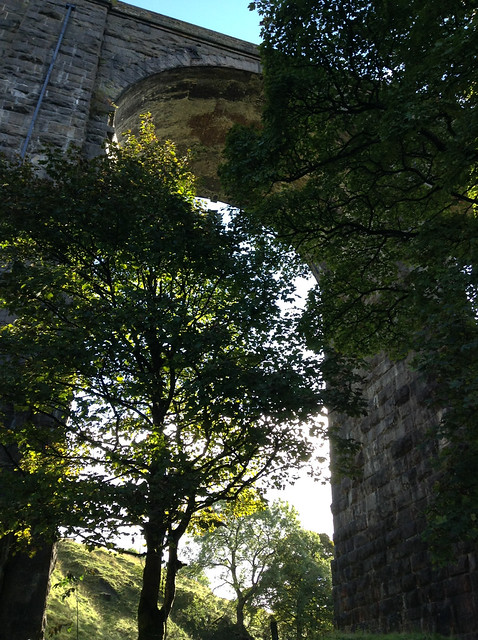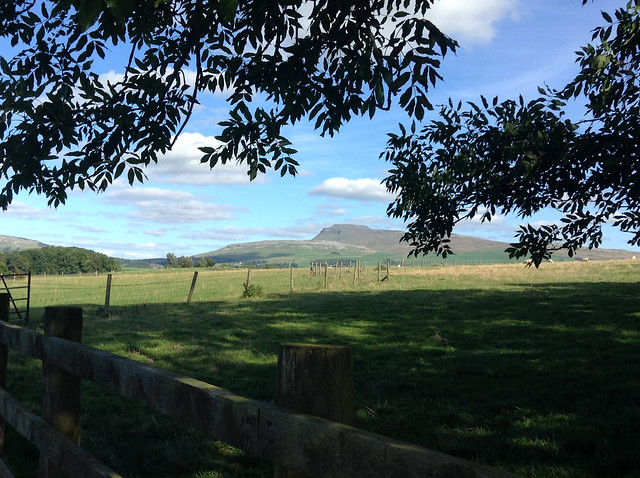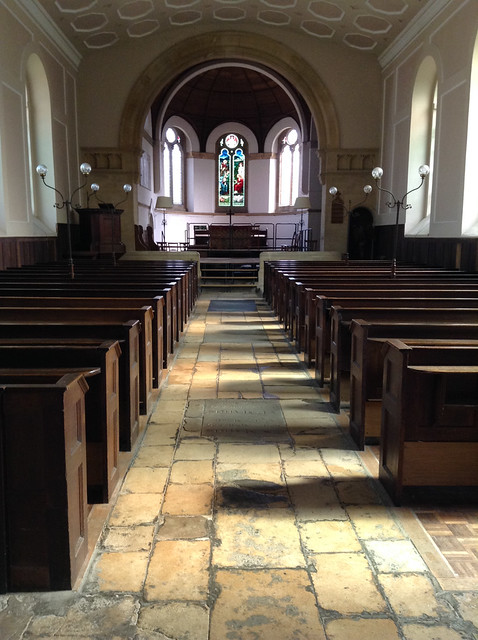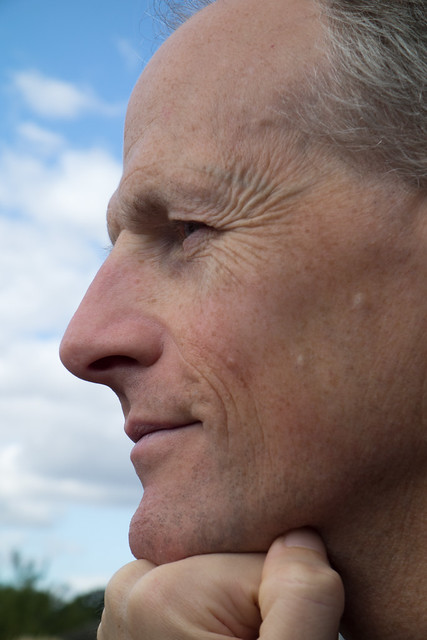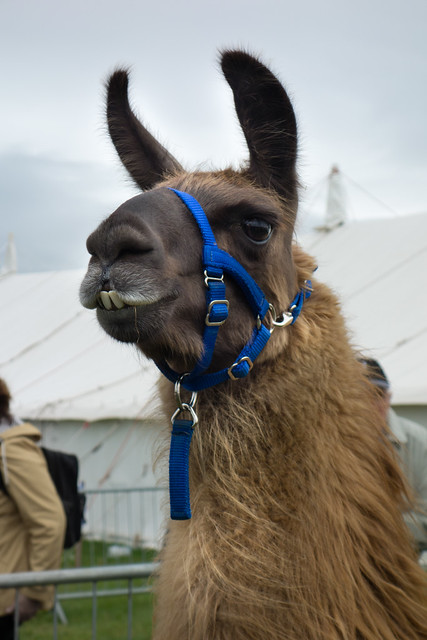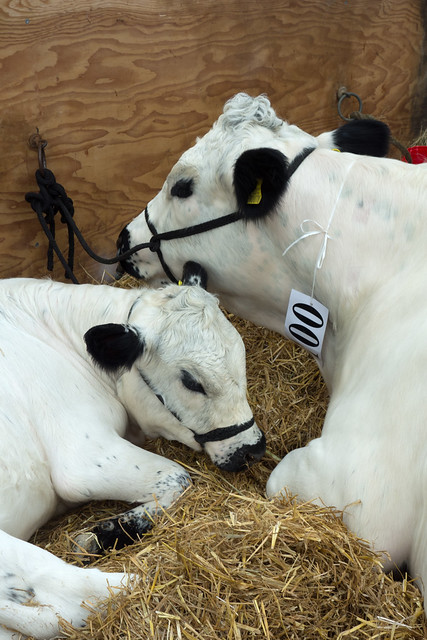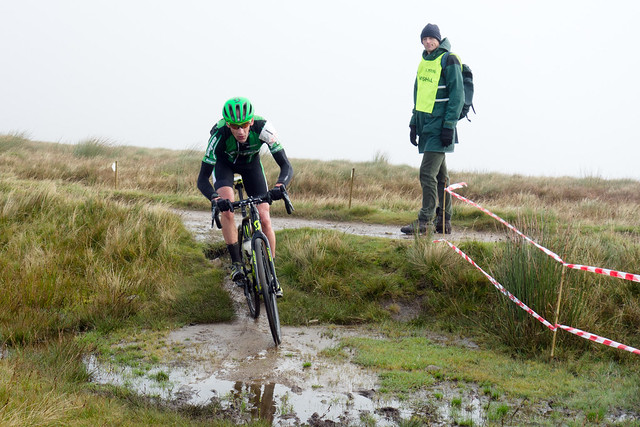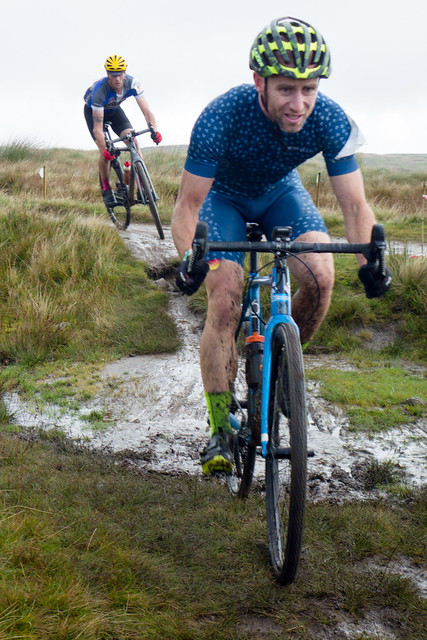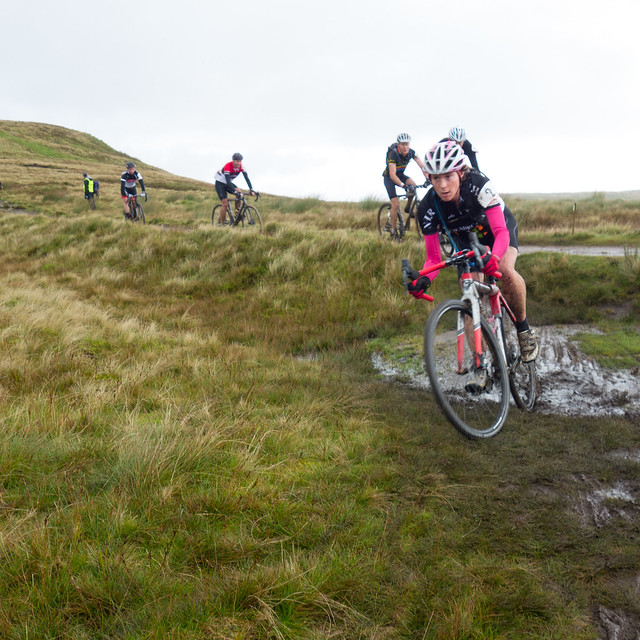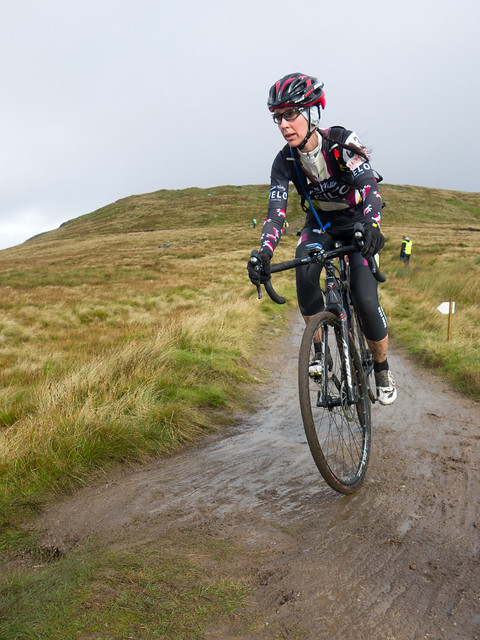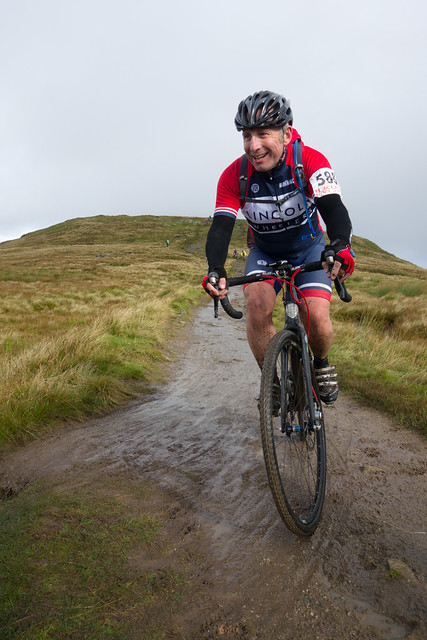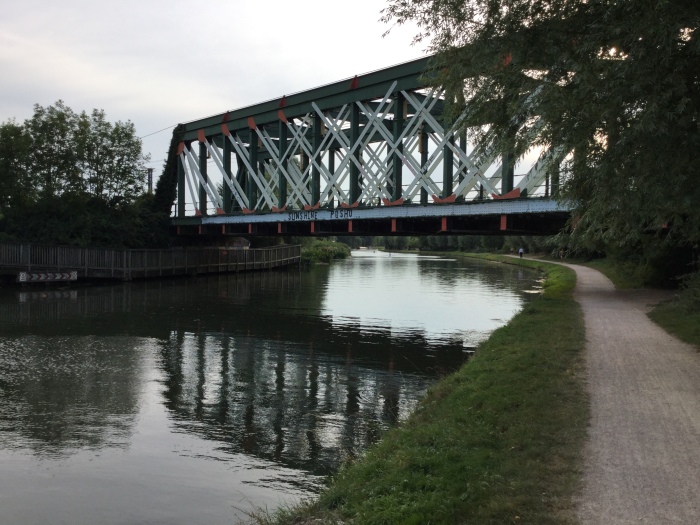One of the rules of BlueSkiesResearch is that we do not go to conferences unless our expenses are paid. Rules are made to be broken of course, but it is quite a good test for whether the organisers of a meeting really want us, which in turn indicates how valuable to us the meeting might be. So, when I got invited to speak at something called
ICP12 in Utrecht, and they didn’t seem that keen to fund me, I thought I would not attend. Then I asked some paleoclimate friends whether it was likely to be worth going to, they replied that
ItIsTheBestPaleooceanographicConference And ItIsVeryPrestigiousOnceInALifetimeOpportunityToBeAskedToTalk!!!! How curious. I wondered whether there were any other Paleoceaographic Conferences, and how being invited to the one and only could possibly be prestigious. Then ICP kindly offered to waive the enormous conference fee, and when I looked up flights I was surprised to discover that Bradford to Amsterdam costs tuppence, and takes 5 minutes. So I decided to go.

An Utrechtion icon
I flew in on Sunday lunchtime and sat in on an
DeepMIP meeting about putting together the ocean data for the Eocene. The meeting was held un University buildings near the famous tower pictured above. I’m interested in DeepMIP indirectly, as a potential user of the results in terms of data-model comparison and Past to Future studies, and I’m also editing
their paper in GMD. So that was quite fun, even though sitting staring at a screen covered in wiggles in a hot room on a sunny Sunday afternoon is not at all consistent with the relaxed attitude to work of this dedicated no-career scientist.
693 cups of coffee?
The ICP conference ran Monday to Friday with 5 half-hour talks in the morning, plus a poster session and a ‘perspective’ talk in the afternoon, with Wednesday afternoon free. My talk was first thing on Tuesday. I’d thought that I would be able to study the style of the talks on Monday and possibly tweak my talk a little if required, however I soon abandoned this idea and realised I would just have to go with what I had. People seemed to be presenting overview talks of an area peppered with a little of their own work, where as I had prepared something about my own research. It was all very interesting and well presented (talks in the first morning ranging from little bugs in sediment cores, to mantle dynamics and ice sheet modelling), and you never know when things may turn out to be important, but of course there was nothing directly relevant to my present research interests. The style of the questions was more like that I’ve seen in social science conferences than in climate, ‘obligatory opening, “Great Talk.” followed by…Extended wibble about how great I am… then…Half a question…’ I was glad to see that the women didn’t take any part in this tomfoolery.
On the topic of women, there was a weird demographic, with very few women my age or older and possibly a majority of women in the younger generations. It had the effect of making me feel a bit old! I look forward to the community being normalised with a 50/50 ratio at all ages over the next couple of decades.
In the afternoon I entered the poster hall and was amazed by the number of posters, some of which were quite good. For example, there was a much higher density of interesting things than at your average AGU session. I noticed that two had my name on them somewhere, and one even had a picture from one of our papers. This was quite encouraging, as it indicated that our research wasn’t quite so far removed from some of the attendees interests as the morning session had indicated. What I didn’t realise until 2 hours later when I was mentally exhausted from going round the whole lot, was that the posters would be up all week with just a few each day being defended by the authors. I’d wondered why the authors didn’t all seem to be in attendance. Oh well!
Beer with Britons
That evening I went out and drank beer with some Britons and then corrected some typos and omissions on my talk – with help from James over Skype. After another sleepless night at the noisiest hotel in Christendom (tinkling church bells every 15 minutes, all night partying, midnight brass band, and the ocassional silencer-less car or motorbike racing past), and a nice buffet breakfast, it was time for my talk on trying to make use of paleoclimate information to learn about future climate. Most of the speakers were staying at the hotel so we were able to chat over breakfast and it was surprising how nervous they all seemed, even days before their talks. And when I got to the conference hall, my co-speakers of the morning were quivering. Apparently there were about 650 in the audience, but I can’t see how that’s any more difficult than the 300 you can get in a large room at the EGU. I tried to fit in by working up some nerves, but didn’t really manage – I was just looking forward to it. The talk went mostly OK, and then I was delighted to receive some properly aggressive questions. No “great talk” platitudes for me, but straight in with, “I jolly well hope you haven’t done xyz, because that would be super WRONG!” Hurrah for climate modellers! Critical thinking is not dead!!
The rest of the morning, and indeed Wednesday morning carried on with similar diversity to the first morning, although the authors spoke much more about their own work, so I’m glad I didn’t redesign my talk at the last minute. Topics covered modelling, bugs and isotopes over a range of paleotime, but with quite a big emphasis around the Pliocene. The really nice thing about giving the talk was that from then onwards, instead of being ignored by 600 people, they all smiled at me when they saw me. Over the next couple of days quite a few people came up and asked me about my talk. Those questions and comments were the most directly useful part of the meeting for me.

Tuesday Touristing
Having done the posters on Monday, I took the poster session off on Tuesday and attempted to tour tiny Utrecht. But I kept getting lost. The conference dinner was on Tuesday evening and was good fun. The break on Wednesday afternoon provided the unfortunate opportunity to leave, which I took advantage of, as I’d have had to pay my own way for the rest of the week. Just as well really as I was exhausted from the noisy hotel and had pretty much done the breakfast buffet. But I was sad to miss the talks on Thursday and Friday so I hope they will be put online.
So, it was indeed a very good conference, and I am sure all the background information I saw will help inform my research, but I am still not sure why it is quite such a big deal. It would be nice to go again, but you only get invited once and I doubt the next location, which is Sydney Australia, will cost tuppence and take 5 minutes to get to.

